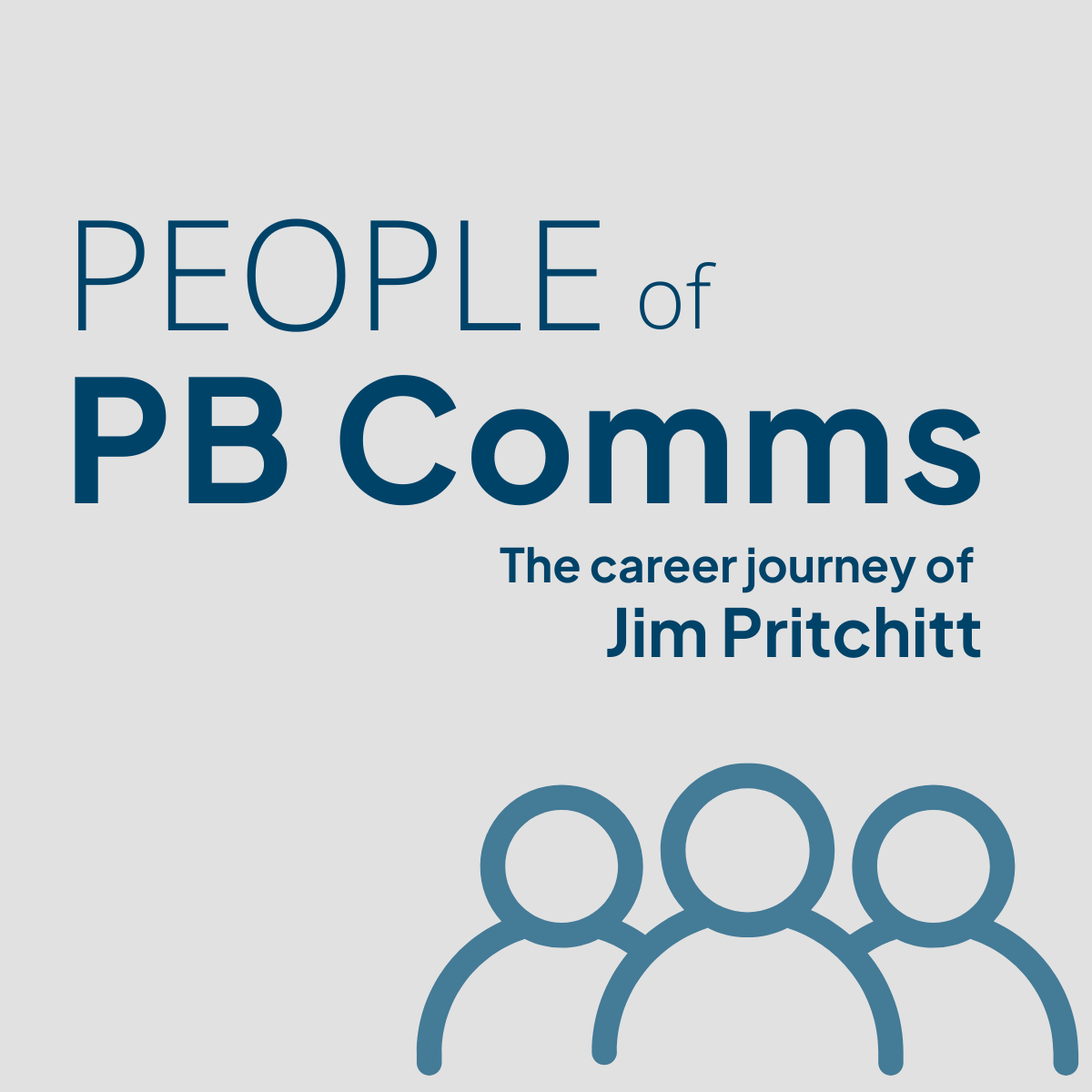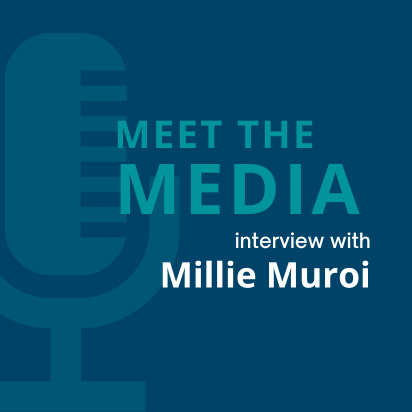By Claudia Pritchitt, Public Relations Consultant
The many technological advances in our lifetime are supposed to give us more time, and help us work smarter, but are we really making best use of them?
This photo shows me playing with my parents’ typewriter in their home office 40 years ago. Mum assures me it was state of the art at the time – an IBM Selectric Golf Ball typewriter.
It had no memory or storage, and for extra copies the fiddly use of carbon paper was needed (how many people still know that “cc” stands for carbon copy?). Creating content and editing it was messy and communications was labour intensive.
Phones had a physical dial and every handset was connected to the base via a cord, virtually tying you to your desk for phone calls – no quick chats on the run from meeting to meeting.
Ten years later things hadn’t changed much. When I was in high school, I helped in the office of a public relations firm where one of my regular tasks (apart from washing up) was distributing media releases. This meant stuffing dozens – sometimes hundreds – of envelopes with copies of the release, sorting them by destination, and either feeding them through the franking machine and taking them to the post office, or laying them out on the floor for couriers to collect. Technology was slowly making changes through word processing, and faxes were starting to be used – although whether they made things much faster is debatable.
By the time I got my first job as a Public Relations consultant in the UK 20 years ago, word processing (with bulky black and white screens) and dot matrix printers were commonplace. Content development was much easier but the consultancy still had no internet connection.
Bulky mobile phones were available, but few could afford them – and all they did was make phone calls. Most consultants, when they were meeting with clients or at events, were out of contact.
A couple of years later I joined another consultancy which used more technology. While it was linked to the fledgling internet, only two people - researchers - had access, and consultants had to ask them to look up information and background and then print it out and hand it over.
So have things changed for the better?
In the past, public relations consultants had to think a bit more about developing content and making sure it was targeted and sent physically to the right destination. Correcting mistakes took time and distribution costs were much greater. More thought was needed in drafting copy as it was time consuming and expensive to make changes. The way consultants had to work was time consuming and not efficient. Whenever consultants were out of the office there was no keeping in touch or processing content on a smart phone, they had to find a public phone to contact the office.
Today things are so much simpler and easier, less time consuming and, with social media, communications are easily sent to wider audiences, with instant feedback. Technology makes researching, developing and editing copy much easier. And no matter where you are, as long as you have a phone with you and a signal, you can talk to people, send messages, research or write an article and all the other countless things you can do on a smart phone.
But does today’s constant pressure of “doing” and the 24-news cycle mean less time is available for thinking and creating? Things may be faster and easier, but this doesn’t make it better. And research is increasingly showing that our “always connected” way of life is in fact making us less creative, less thoughtful and less productive.
Is it time to bring back the IBM Selectric? I don’t think so. But perhaps it is time to review which technological changes are making us better at our jobs, and which are holding us back.


















